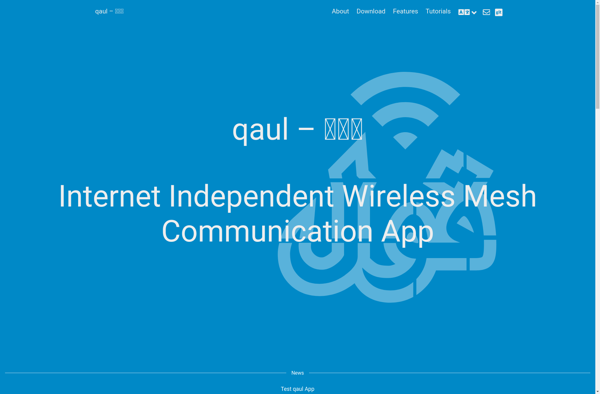CoovaChilli
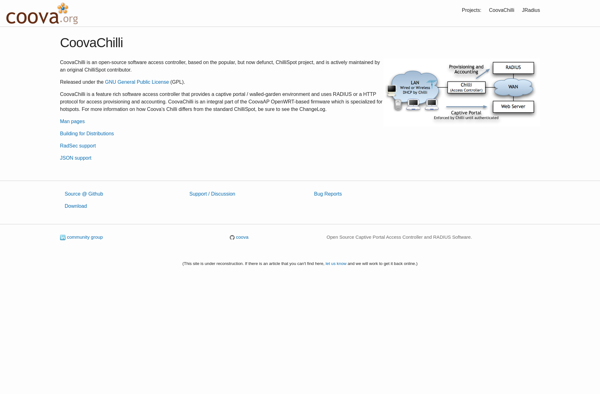
CoovaChilli: Open-Source Software Access Controller
CoovaChilli is an open-source software access controller for captive portal and wireless LAN access points. It authenticates users and allows bandwidth control and accounting.
What is CoovaChilli?
CoovaChilli is an open-source captive portal and access controller software designed for authentication and accounting of users on wireless LAN access points. It provides a captive portal interface for user authentication using a web browser and controls access to the internet by authenticating MAC addresses of clients.
Some key features of CoovaChilli include:
- Authentication options including SMS, LDAP, RADIUS, Prepaid Voucher, and Universal Access Method
- Bandwidth control and limit enforcement per user or group
- Detailed accounting of bandwidth and time usage per user
- Support for wireless standards like 802.1X and WISPr
- Integration with external databases and billing systems
- Runs on Linux platforms like OpenWrt, DD-WRT, and Ubuntu
CoovaChilli allows hotspot providers to securely provide internet access to guests while controlling and monitoring usage. It is a cost-effective open-source option for small to large public wifi deployments.
CoovaChilli Features
Features
- RADIUS authentication
- Bandwidth control
- Accounting and billing
- Captive portal
- WISPr support
Pricing
- Open Source
Pros
Cons
Official Links
Reviews & Ratings
Login to ReviewThe Best CoovaChilli Alternatives
Top Network & Admin and Network Monitoring and other similar apps like CoovaChilli
Here are some alternatives to CoovaChilli:
Suggest an alternative ❐Freenet
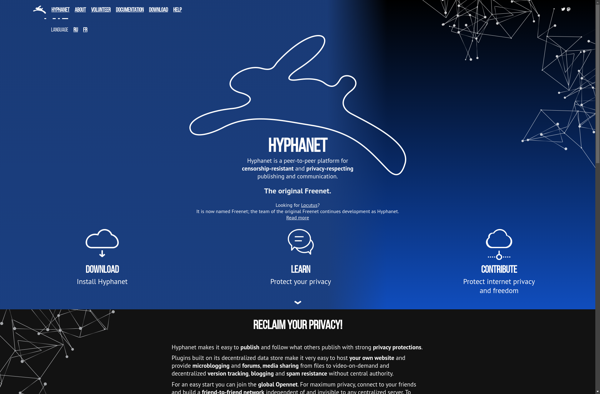
I2P
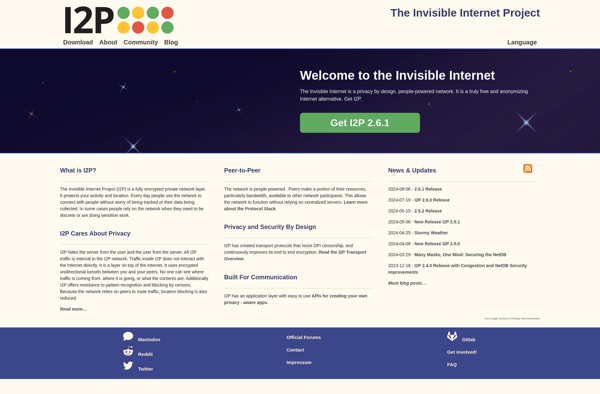
FreePN
Yggdrasil

PirateBrowser
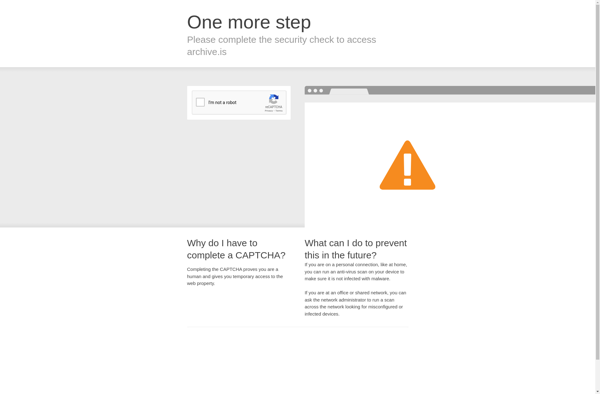
I2pd (I2P Daemon)
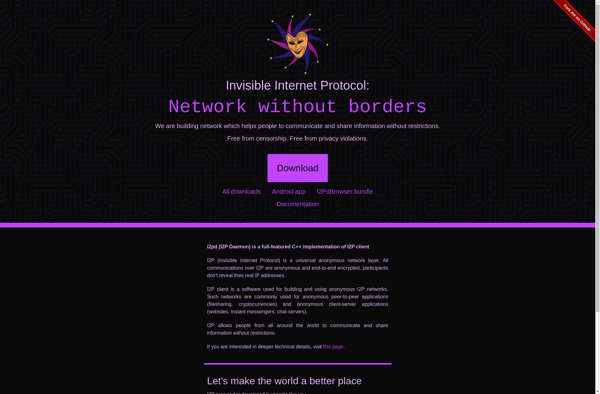
GNUnet
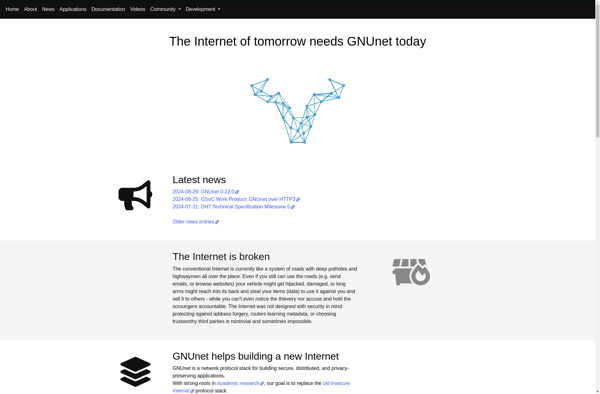
Snowflake Tor
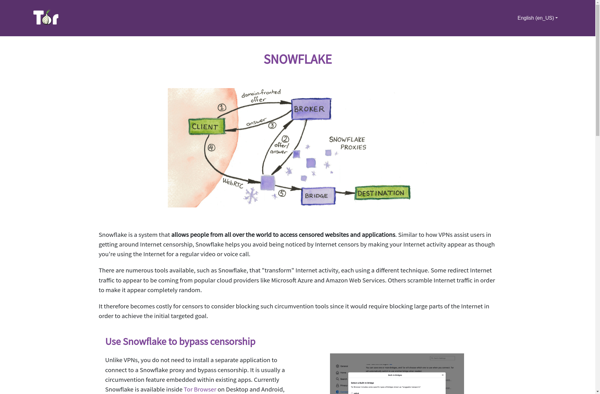
The Serval Project

LibreMesh
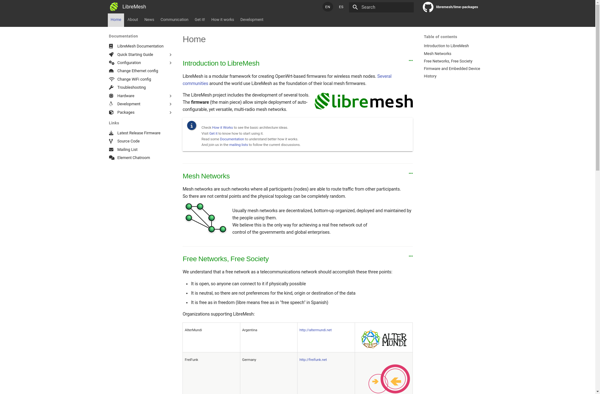
Ninux

Babel (protocol)
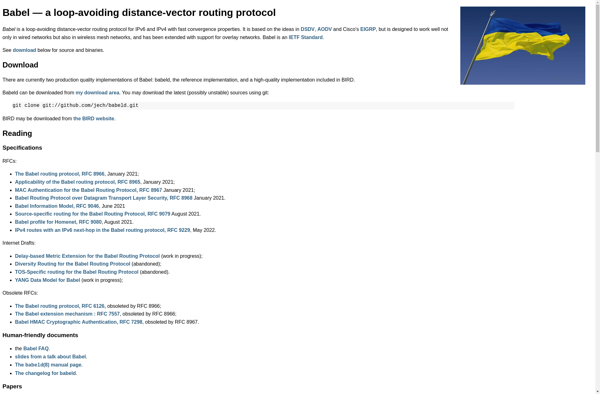
OLSR (Optimized Link State Routing)

Qaul
